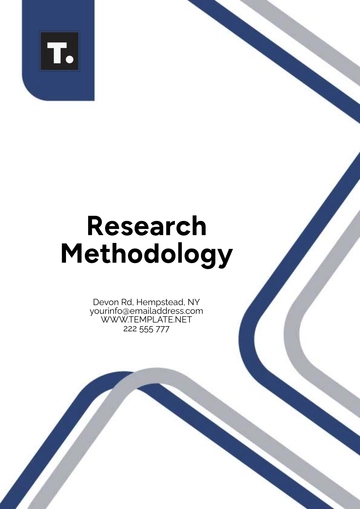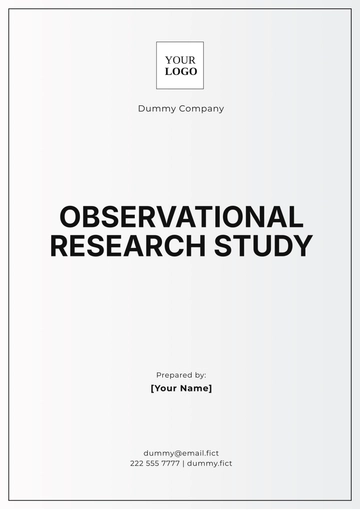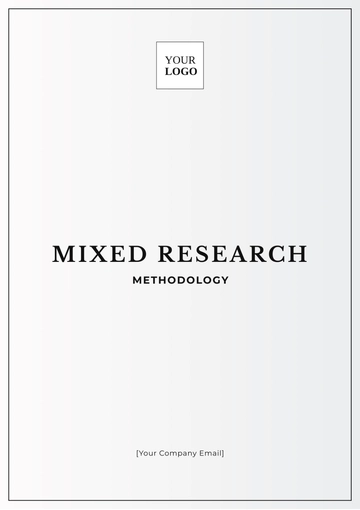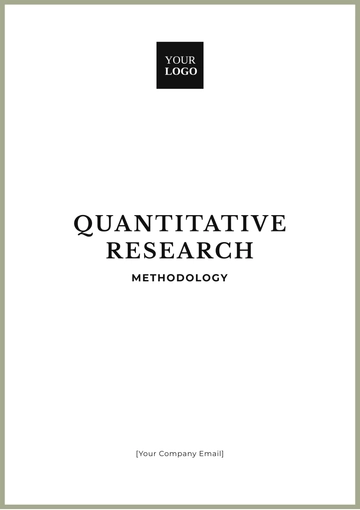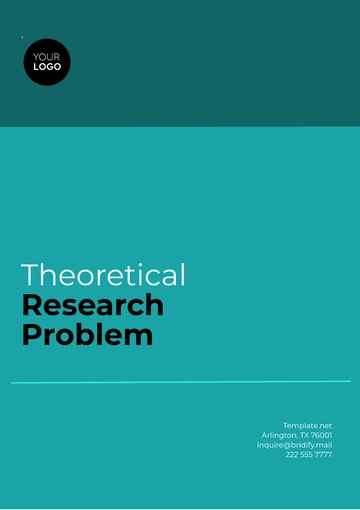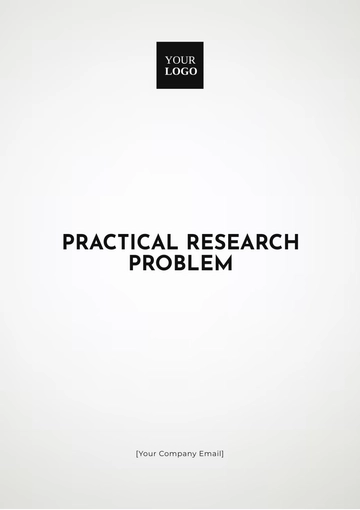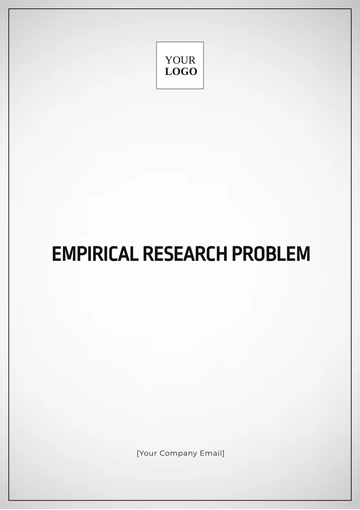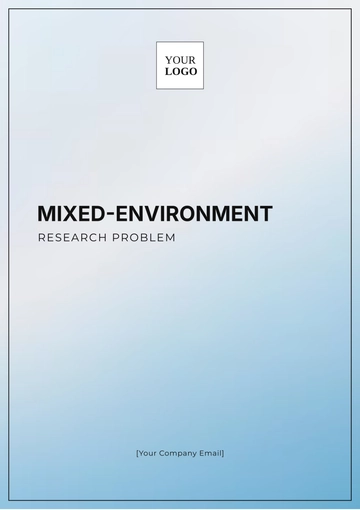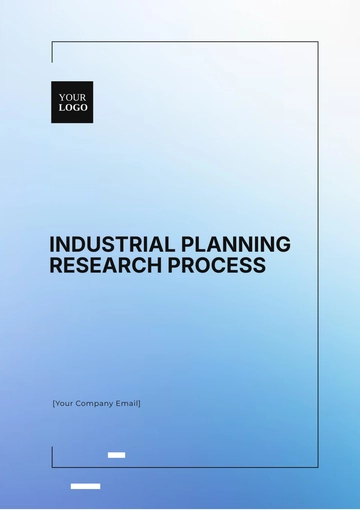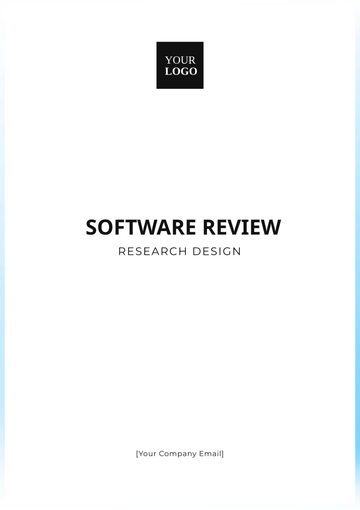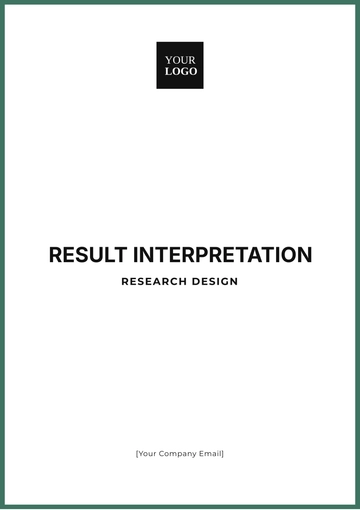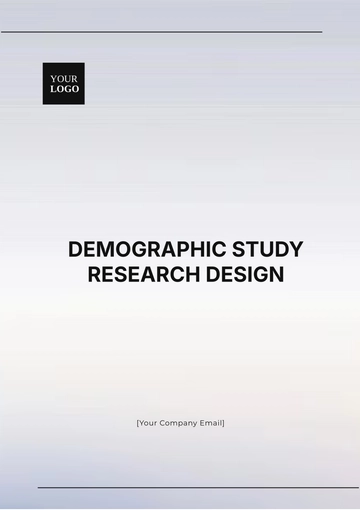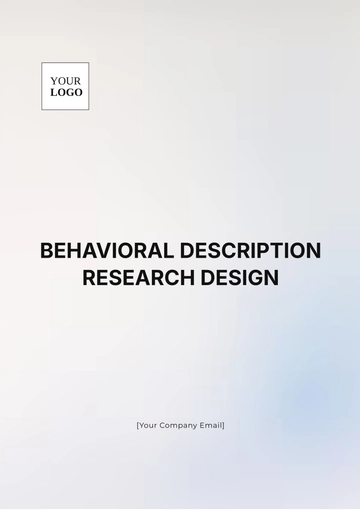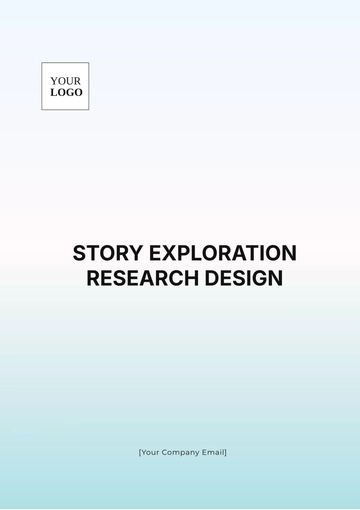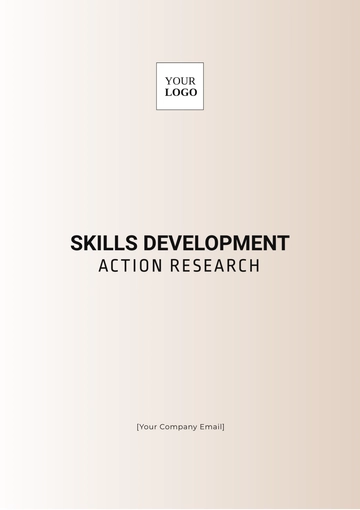Free Story Exploration Research Design
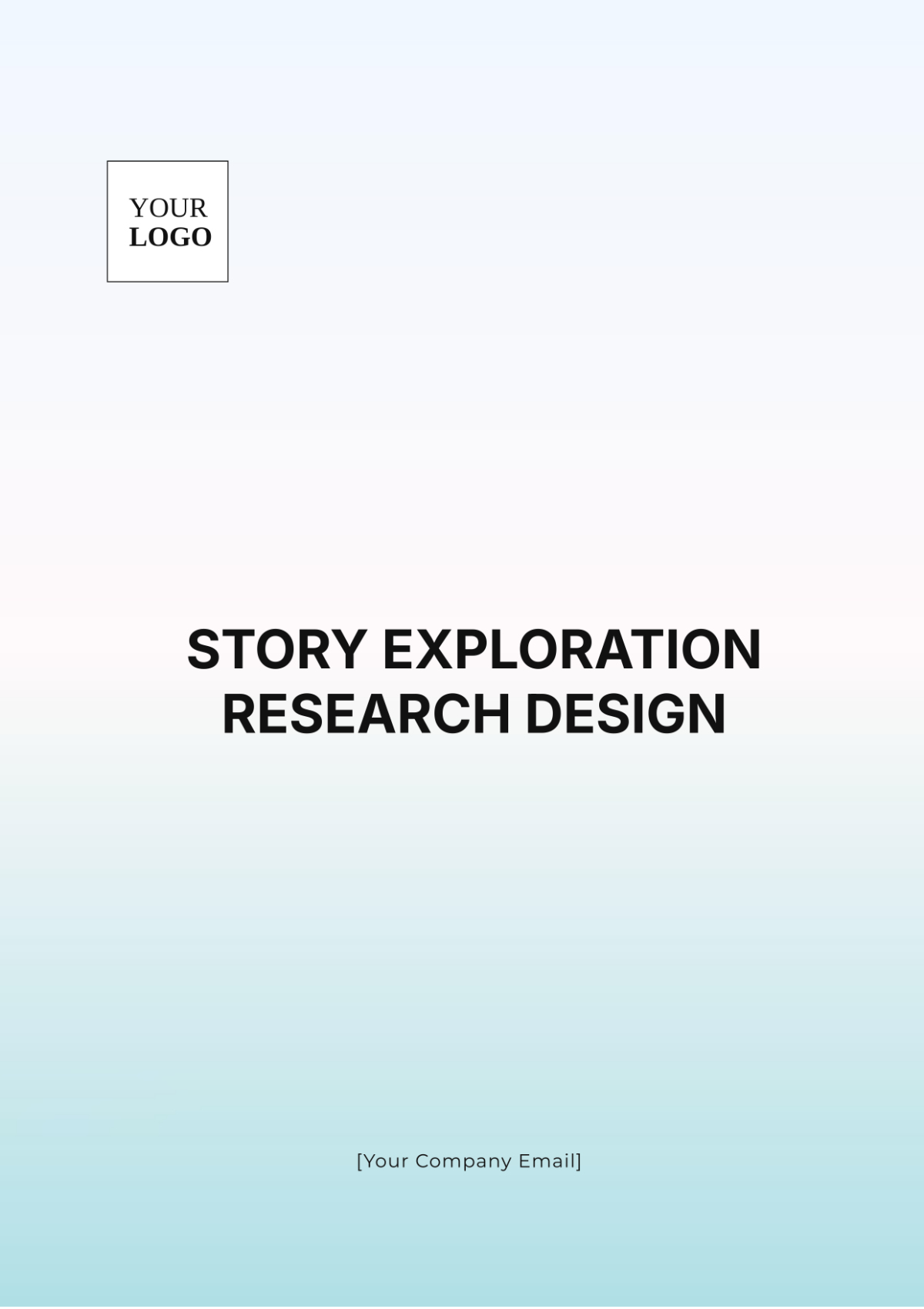
I. Introduction
Story exploration research design is an important framework used to understand the narratives within various contexts. This can be used in literature studies, cultural research, marketing storytelling, and numerous other disciplines. This research aims to explore methodologies, implications, and applications in a systematic and comprehensive manner.
II. Literature Review
Previous research has shown a significant interest in narrative structures and their impact on various fields. Studies such as those by Smith (2050) highlight the role of storytelling in human cognition and communication, while Jones (2058) emphasizes its cultural significance. A comprehensive literature review provides a grounded understanding to develop effective research methodologies.
III. Research Objectives
To identify key elements of storytelling across different contexts.
To analyze the impact of storytelling on audiences.
To develop a framework for evaluating story effectiveness.
IV. Methodology
A. Research Design
This research employs a mixed-method approach, combining qualitative and quantitative analysis. The design includes narrative analysis, surveys, and experimental studies.
B. Sample Selection
Participants will be selected using purposive sampling for qualitative analysis and random sampling for quantitative surveys. The target population includes individuals from various demographic backgrounds.
C. Data Collection Methods
Interviews and Focus Groups
Surveys
Content Analysis of existing literature and media
D. Data Analysis
Qualitative data will be analyzed using thematic analysis, while quantitative data will be examined using statistical software such as SPSS. The results will be triangulated to ensure reliability and validity.
V. Results and Discussion
A. Factor
1. Qualitative Findings
High levels of psychological immersion reported
2. Quantitative Findings
85% of survey participants showed increased engagement
B. Comprehension
Participants understood complex themes
70% showed improved comprehension
The results indicate that effective storytelling significantly enhances both engagement and comprehension among audiences. This aligns with previous research and provides new insights into optimizing narratives for various applications.
VI. Conclusion
Story exploration research design proves to be a valuable tool in understanding and improving the impact of narratives. By combining multiple methodologies, this research offers a comprehensive analysis that can be widely applied in fields like education, marketing, and cultural studies.
VII. References
Smith, J. (2050). The Role of Storytelling in Human Cognition. Journal of Cognitive Science, 20(4), 345–356.
Jones, A. (2058). Cultural Significance of Narrative Structures. Cultural Studies Review, 25(1), 78–92.
- 100% Customizable, free editor
- Access 1 Million+ Templates, photo’s & graphics
- Download or share as a template
- Click and replace photos, graphics, text, backgrounds
- Resize, crop, AI write & more
- Access advanced editor
Unlock the potential of your research projects with the customizable Story Exploration Research Design Template, offered by Template.net. This fully downloadable and printable template is designed to help you create a detailed research framework with ease. It's editable in our AI Editor Tool, allowing you to tailor it to your specific needs and ensure a polished, professional presentation. Perfect for researchers aiming to explore narrative-based studies.

